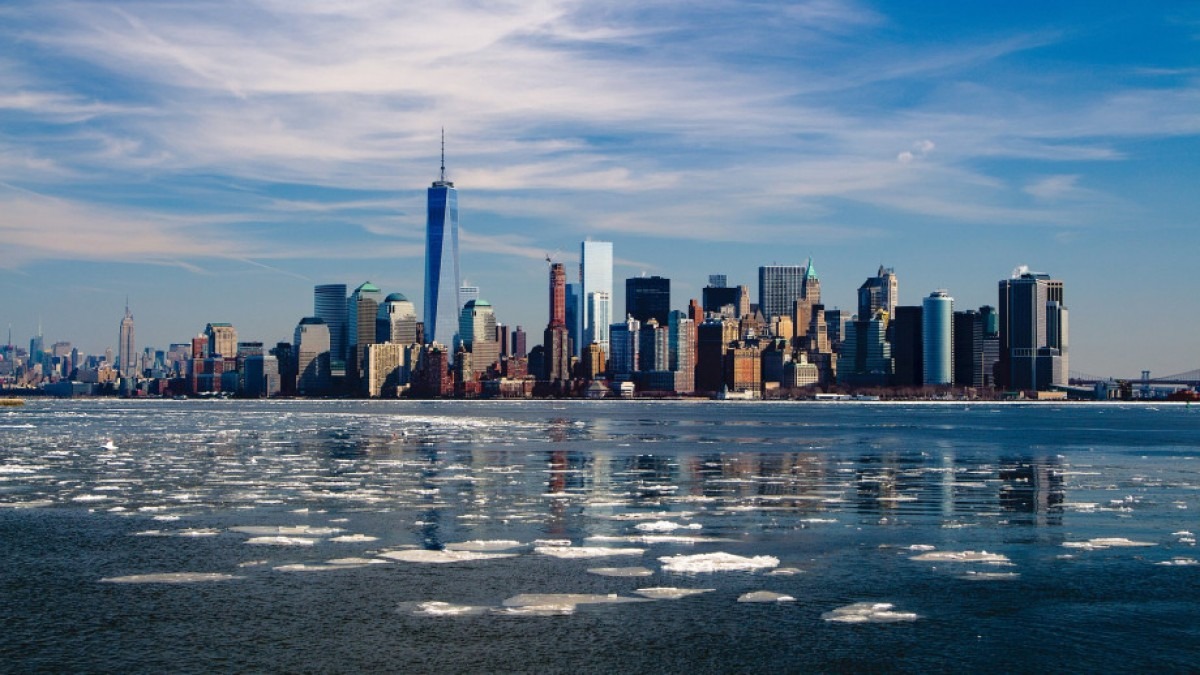People power key to getting through COVID-19 pandemic
The strength of connections, be it human connections within cities, or collaborative networks between cities, has been a key factor in determining how effectively the world's biggest cities have been able to navigate the COVID-19 pandemic, according to leading experts.
The Nature Comment article, led by Professor Xuemei Bai from The Australian National University (ANU), with three other co-authors from India and China, also argues our networks will be crucial in helping us tackle future disasters.
"Our biggest cities need to adapt and evolve," Professor Bai said.
"They will face other pandemics and increasingly frequent and potentially more severe disasters due to climate change.
"It's not realistic to expect all cities to be fully prepared for all kinds of crises at all times. Developing strong networks and helping each other in times of need is crucial - whether its women in São Paulo's largest slum sewing thousands of face masks, or coordinated sharing of supplies between major cities."
Professor Bai and her co-authors say while COVID-19 is still running its course, and the immediate aftershocks - such as job losses, poverty and food scarcity - need addressing urgently, much has been already been learnt.
"We know if cities have ample access to green infrastructure, like Canberra, it can help make life under lockdown easier," Professor Bai said.
"We also found the physical structure of a city, for example population density, is far less important than its governing capacity.
"There is a significant correlation between the number of COVID-19 cases and timeliness of restrictive action in Chinese cities, whereas we found no correlation with density."
But Professor Bai says the COVID-19 response has also shown where governments have failed to take effective action, community groups can step in and carry out key roles.
She believes collaboration between cities is the key to building resilience.
"Neighbouring cities should be sharing disaster risk strategies," Professor Bai said.
"The first step is sharing visions, strengths and constraints, then we can work on developing mechanisms for sharing recourses in an emergency."

